Exhortations to Philosophy —— The Protreptics of Plato, Isocrates, and Aristotle
----- 倡导理念:柏拉图,伊索克拉底的protreptics,和亚里士多德
Table of Contents Introduction 1. Protreptic and the " 2. Earlier protreptic configurations 3. Genre theory and ???????????? ????? 4. The rhetorical situation and objective of ???????????? ????? Part I. Platonic Protreptic Chapter I. Levels of discourse in Plato's dialogues Chapter II. Narrative between Sokrates and Krito 1. Krito and his agenda 2. Sokrates the story-teller Chapter III. From narrative to drama: inside the intradiegetic level 1. Characters on stage: Sophists, Sokrates, Kleinias, Ktesippos 2. Dramatic elements: staging, cheering, seating 3. Apotreptic in protreptic discourse 4. Formal features of the protreptic ?????????? Chapter IV. Return to the extradiegetic level: metalepsis, protreptic, and apotreptic 1. From spectator to judge to interlocutor: Krito's " in Scene IV 2. Isokratean apotreptic and private program 3. Sokrates' apotreptic of the apotreptic Chapter V. Creating consumers and consensus in the Protagoras 1. Staging a contest among converts 2. Preparing consumers for the marketplace of ideas 3. Protreptic that builds consensus 4. Clitophon and after the protreptic sting Part II. Isokratean Protreptic Isokratean Philosophy, Pragmatism, and Protreptic Chapter VI. 'Professional' protreptic: Against the Sophists 1. Challenging the instructor's pledge 2. Apotreptically revealing a profession Chapter VII. Parainetic protreptic: ?? ?????? and exhorting young tyrants 1. Protreptic discourse as secondary genre 2. Circumscribing the competition 3. Making, using, becoming examples Chapter VIII. Judging protreptic: Antidosis, Panathenaicus 1. Cultivating critics of protreptic 2. Collaborating with competitors: protreptics and " Epilogue. Aristotelian Protreptic and a Stabilized GenreEpilogue. Aristotelian Protreptic and a Stabilized Genre
{{comment.content}}
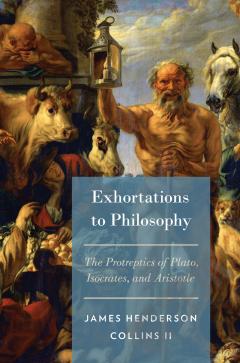
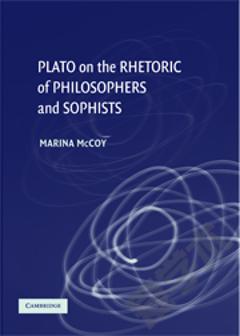
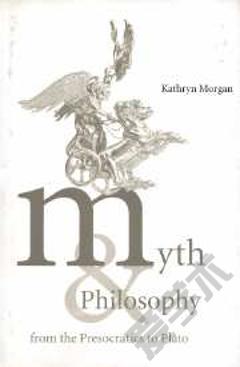
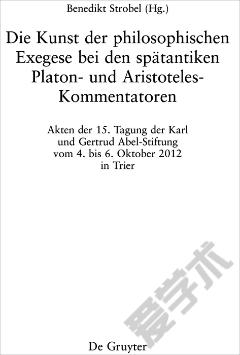
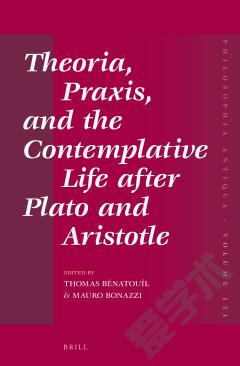
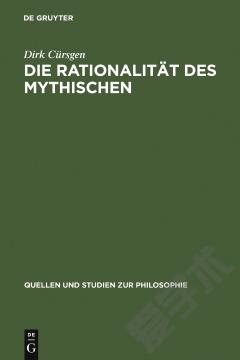
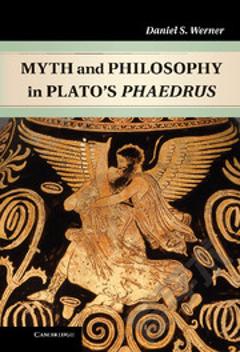

 京公网安备 11010802027623号
京公网安备 11010802027623号